World Photo Day 2017: 10 powerful images that changed the world
Ten photos that brought about real change by influencing the way people think and swaying public and political opinion.
To mark World Photo Day on 19 August 2017, Hugh Pinney, Vice President at Getty Images, discusses 10 images that helped to inspire social change.
Throughout history, imagery has proven to be an astounding political and social force, invoking emotions through one universal language. People think in pictures. The power of an image to spark debate and sway public and political opinion is undeniable.
A skilled photojournalist will tell the whole story in one frame. Most photojournalists' ambition is that their imagery should influence the way people think, that their work should have an impact, shining a light on issues of social significance that might otherwise go unnoticed. Indeed Getty Images' mission is to "move the world with images". Great photography is a powerful tool in delivering a message fast. The following images show us just how great this impact can be.
Conservation stories of endangered species are often gut wrenching but this image by Brent Stirton of a murdered silverback gorilla being carried out of the Virunga national park is one of the strongest I have ever encountered. The reverence with which this enormous creature is being carried shoulder high by rangers who had failed to provide protection give the image an almost biblical quality. This image helped raise over $50 million for gorilla conservation.
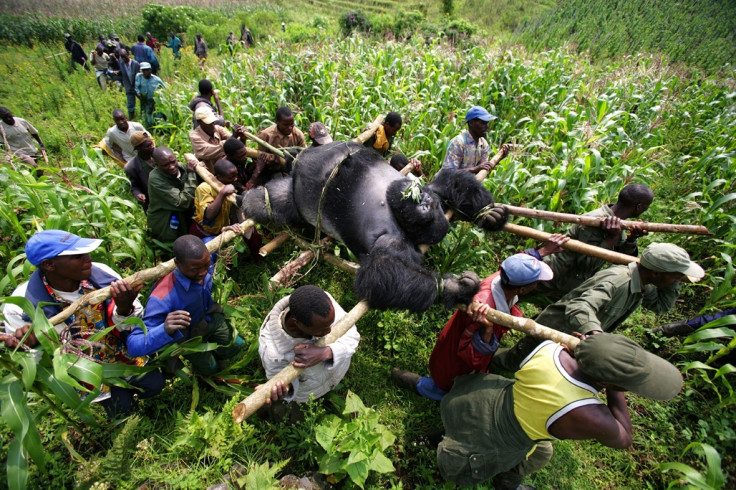
In an era where folk of many nations are living in space for months at a time, and where we all have Google Earth at our fingertips, it is hard to think back to a time when a view of the planet from space was a novelty. This image of the earth rising above the moon's horizon in 1968 must have been simply unimaginable. To this day I remain amazed by it. The concept of the reversed perspective is beyond extraordinary, rendering it a very simple, very powerful photograph.

When Princess Diana was photographed cuddling a baby with HIV, it was in the time of enormous misunderstanding and fear of a disease. It was the simple action of holding hands or cradling a child that allowed the most photographed woman on the planet to educate and change opinions.
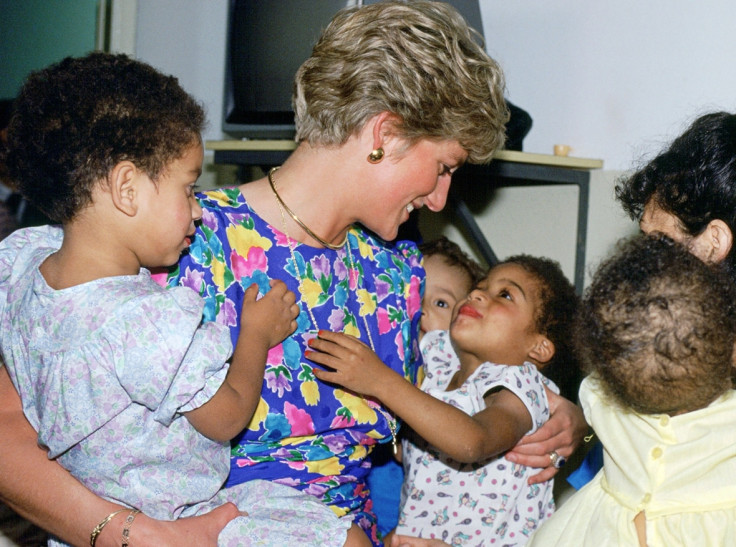
In this job, it is inevitable that one becomes somewhat inured to the impact of images depicting the horror of conflict. It is nearly always when innocents become the victims that the senses are once again stirred. As a father myself, it is too often photographs of children tangled in wars not of their making and which they are unlikely to understand that make us reflect on what is really happening. This image of a Syrian child in the back of an ambulance, covered in dust and blood, standing out against the orange seats, makes a striking image. The look of resigned incomprehension on his face gives the photo a haunting quality and leaves the viewer with a different and gut-wrenching perspective of the ongoing Syrian conflict.

The image of a Turkish police officer gently carrying the body of a drowned Syrian refugee child fundamentally changed views in Europe and beyond, of the mass migration that had dominated headlines for weeks in 2015. We had all become somewhat inured to images of cheap rubber boats washing ashore on Kos or Lesbos. The mountains of abandoned lifejackets were a familiar visual metaphor, and even images of families carrying all they possessed in plastic bags jostling for an opportunity to bypass border security at the outskirts of Europe were losing their impact. This picture of three-year-old Aylan Kurdi put everything back into perspective – he could have been any of our children, and how bad would a situation have to be that escaping it would be worth risking their lives?
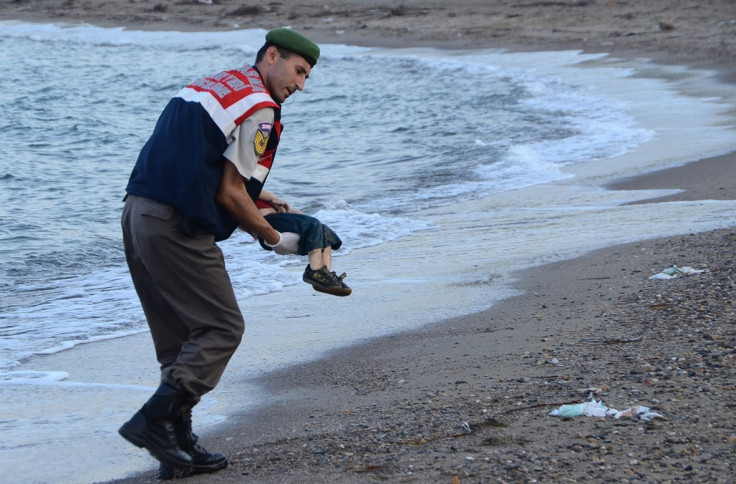
I have been lucky enough to work with a huge range of great photographers, whose work can often highlight dark corners where authorities would rather we didn't pry. Chris Hondros, who was killed in Libya in 2011, was a master of the art. This image was part of a set that captured the tragedy of a checkpoint shooting in Iraq in 2005. This little girl's obvious trauma follows the death of her parents when US troops opened fire on their car after it failed to stop. These images highlighted the incident itself, laid bare the nightmare choice faced by soldiers fearing suicide car bombs, raised awareness and medical treatment for her brother, and ultimately had a hand in changing checkpoint protocols by the military. This was a set of images that had real impact.
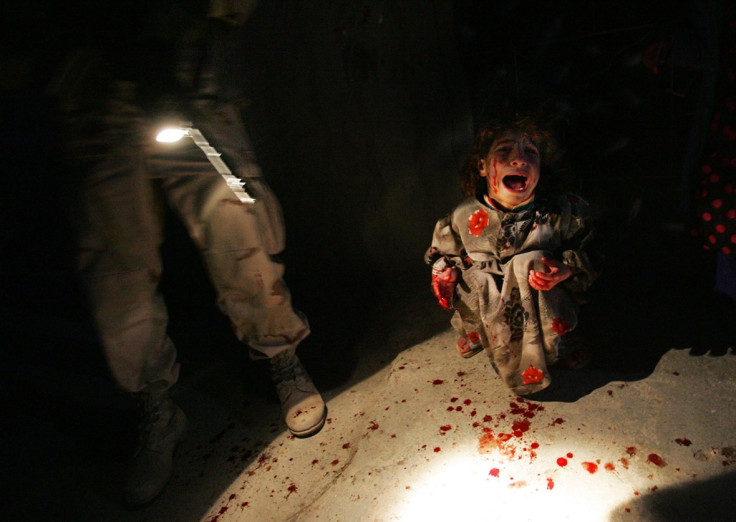
Powerful photography is not just about the darker sides of life – it is can also be magnificent in capturing the mood of a generation in a single frame. Occasionally a fraction of a second can convey an entire sentiment – in this case absolute joy.
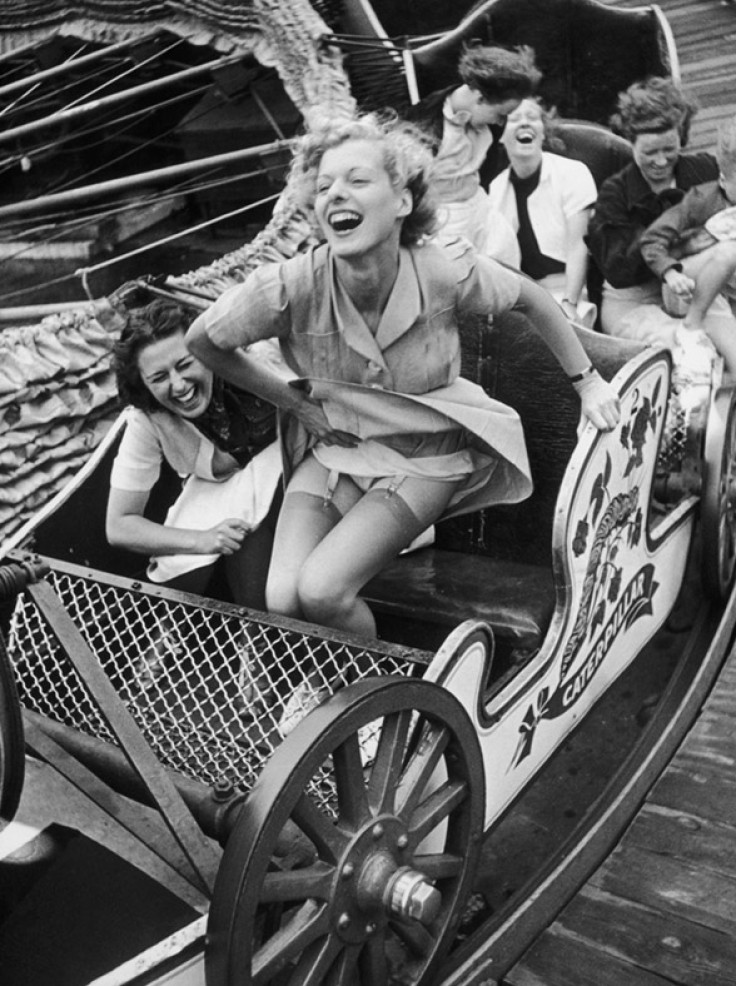
After the traditional months of speculation over whether Rio would be ready and/or fit to host the Olympic Games they got underway in a spectacular blaze of glory. This image brilliantly puts the splendour of the Maracana stadium in the context of the vast economic divide in Brazil, viewed from a hillside favela overlooking the city. This image was picked up by news outlets globally and commented upon as capturing the very essence of the controversy the 2016 Games generated in its home nation.
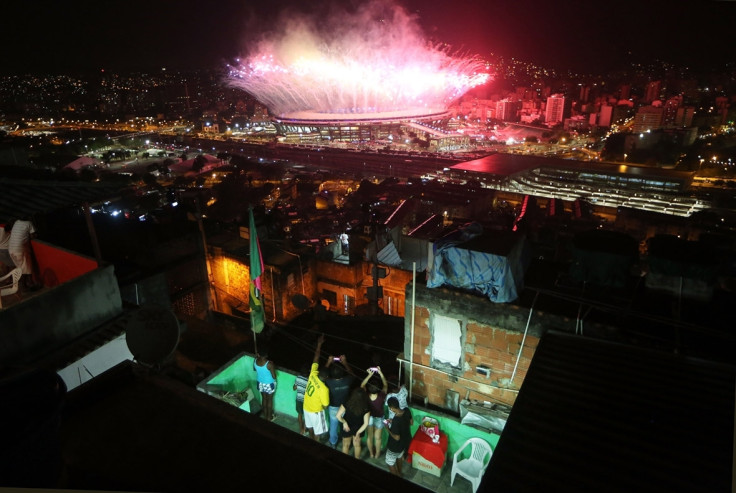
Trump's election victory was the second time that year that I had woken to news which defied the forgone conclusion of the previous evening. Perhaps pundits should have paid more attention to this image and what it symbolised. This simple act of hugging the flag summed up Trump's message to those who felt entirely disenfranchised by the rest of the Washington political class, and clearly it resonated - way beyond the reach of most pollsters.

Just as the work of satellites today would be incomprehensible to those watching the space-race of the 1960s, so images of civil rights protests and the segregation of black and white in the southern US in the late fifties are almost unimaginable now. This image of Elizabeth Eckford is remarkable, precisely because of the reaction of those walking behind her, those whose sense of entitlement and apparent hatred stems from the pale colour of their skin. This image should capture a moment in history from which we have grown as a civilisation – events from last weekend in Charlottesville sadly bring it back into stark focus.
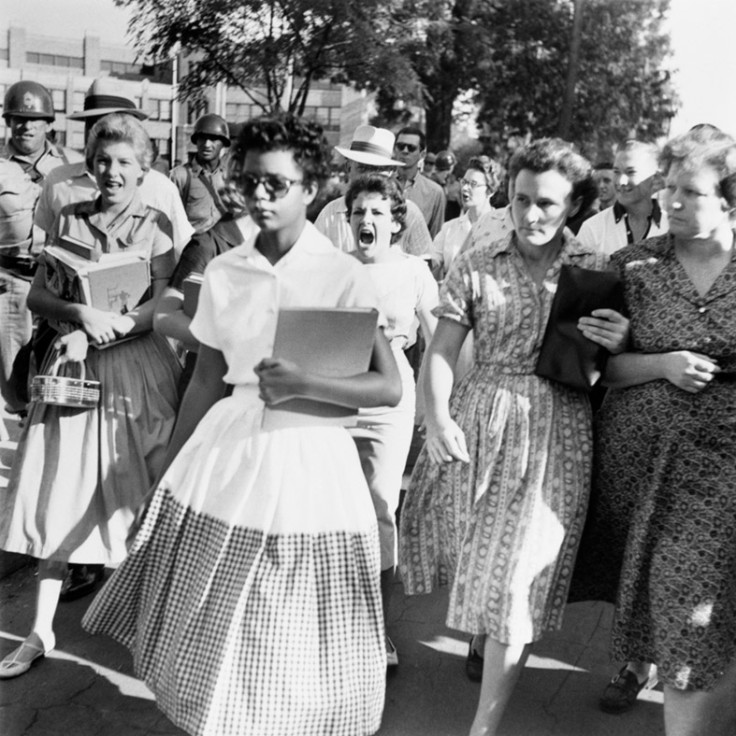
Hugh Pinney is Vice President, News, EMEA at Getty Images. He began his career as a photojournalist, graduating from South West News to work as a freelance covering all aspects of the news at various Fleet Street titles. Pinney has overseen Getty Images' coverage of earthquakes, tsunamis, volcanic eruptions, elections, assassinations, as well as conflicts in Afghanistan, Iraq, Lebanon, Gaza and across the Arab world. In that time, he has played a key role in the establishment of the Getty Images news product as a global brand, with Getty Images photographers winning numerous honours at World Press Photo, the Visa d'Or, the Robert Capa medal, Pulitzer Prize nominations and countless regional awards.
© Copyright IBTimes 2024. All rights reserved.






